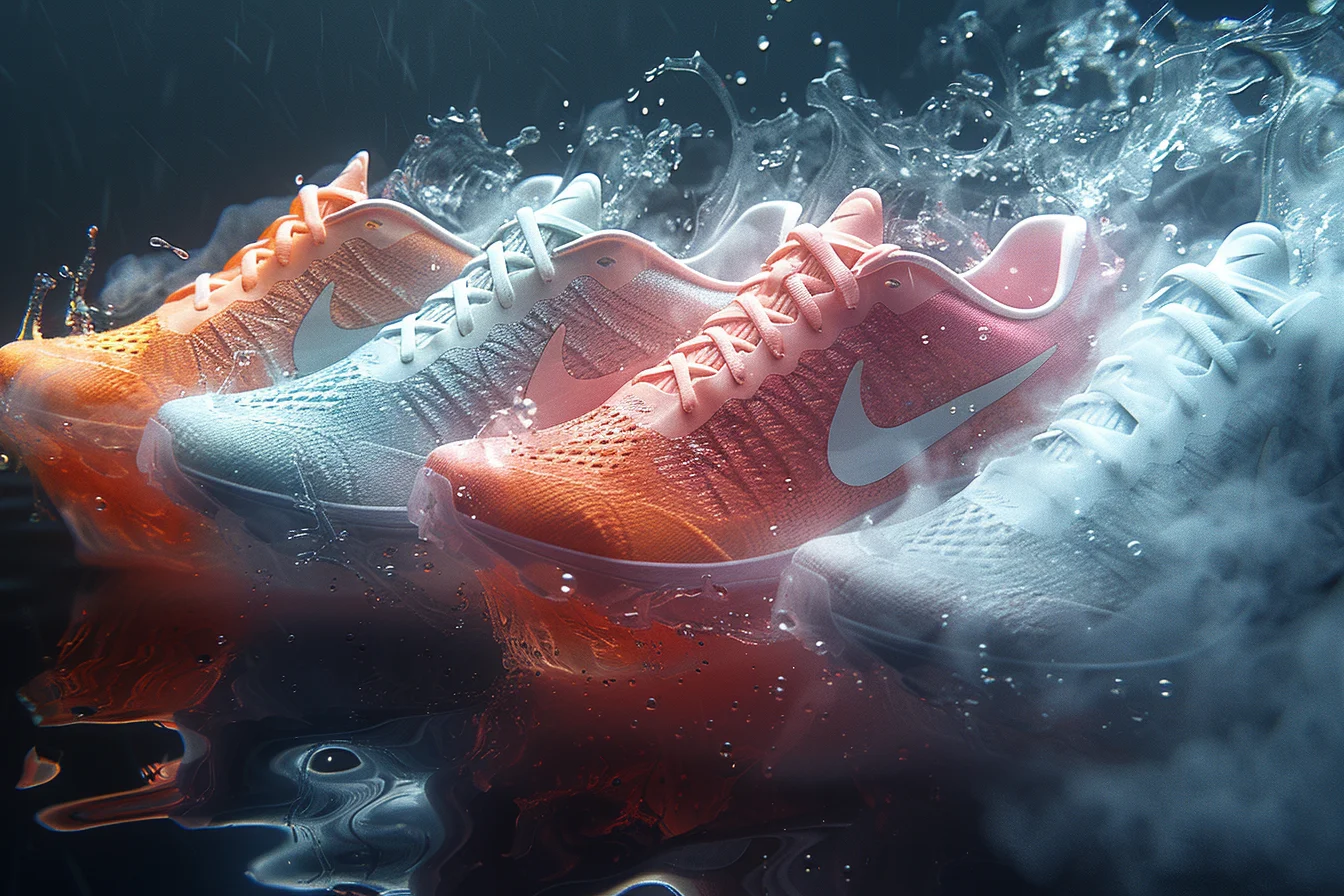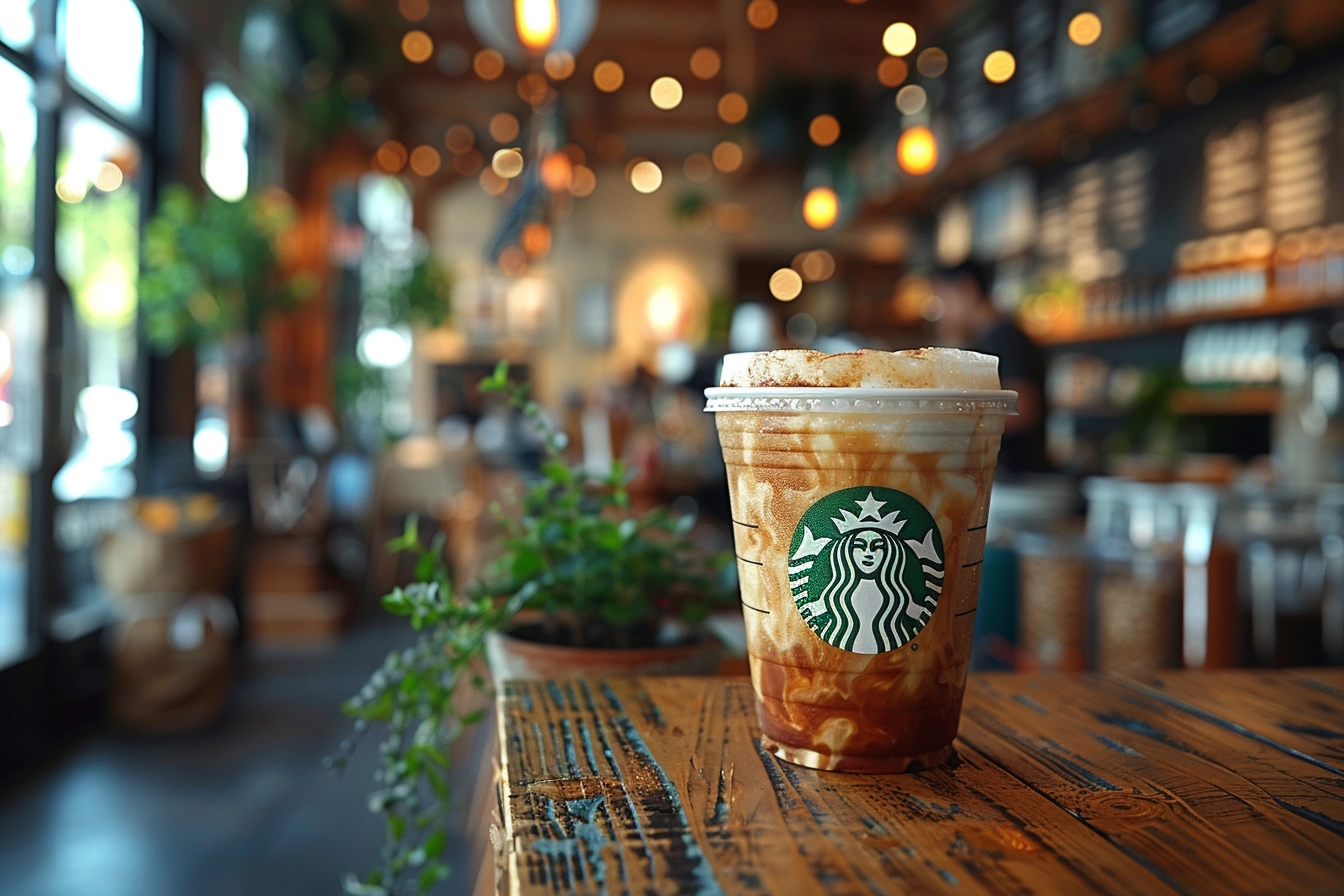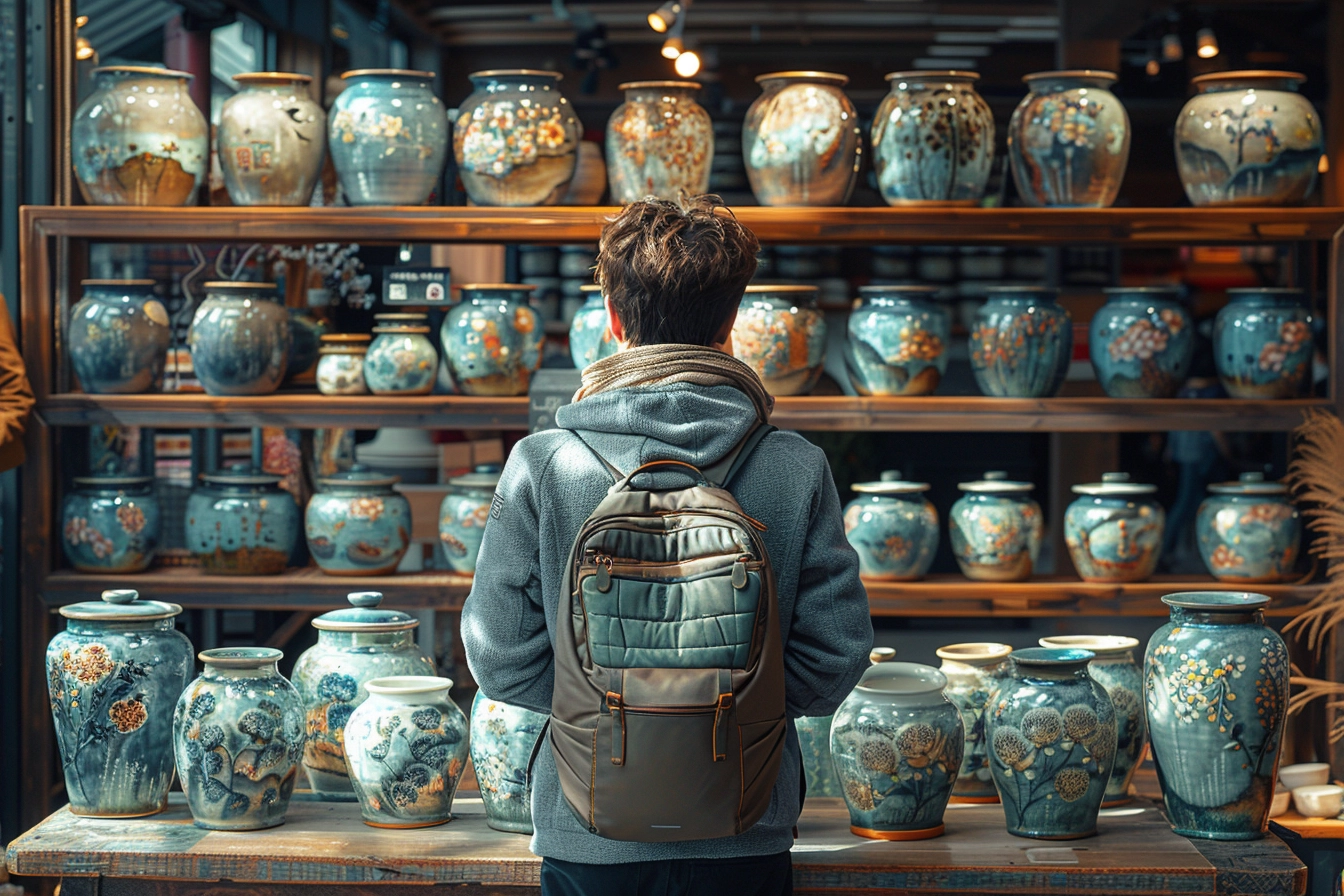Branding and the Impact of Artistic Expression
Art and business have a significant overlap in the branding industry. To stand out in a crowded market, a company may use artistic expression to elicit strong emotional responses from its audience and establish a stronger connection with them. Let’s first explore how creative components affect branding tactics and help companies succeed.

Using Art to Spark Creativity
Creativity is the foundation of a successful brand, and art is a catalyst for originality and creativity. Businesses may defy expectations and create a unique brand that appeals to customers by including creative aspects in their branding efforts. Art gives companies the flexibility to explore and push limits, resulting in distinctive and meaningful experiences for their audience, whether it be through visually striking logos or fascinating ads.
Creating an Emotional Bond with Visual Storytelling
In a manner that is not achievable with words alone, art may tell a narrative and provoke feelings. To communicate tales that emotionally connect with their target audience, brands might employ creative elements in visual storytelling. Businesses may convey their personality, vision, and values authentically and persuasively by using art, whether it be through appealing imagery, alluring color schemes, or intriguing symbolism. Brands can foster advocacy and loyalty beyond transactions by forming emotional connections with their clientele.
Learn more about emotional branding:

Uniqueness and Brand Identification
To gain customers’ trust and attention in a crowded market, companies must differentiate themselves from their competitors. Artistically expressed brands may effectively differentiate themselves from competitors. Brands may successfully convey their essence, values, and personality to their target audience through visual aspects. Either delicate and subtle aesthetics or strong and inventive designs might be used to achieve this. Innovative and honest brands might develop a unique visual language associated with their brand.
Have a closer look at the top secrets to brand differentiation:
Customer Involvement and Experience
To shape the entire customer experience and encourage interaction across several touchpoints, artistic components are essential. Art boosts the sensory and emotional components of brand encounters, creating a lasting impact on customers through immersive shop settings, interactive internet platforms, or experiential marketing campaigns. Through the development of visually captivating and emotionally impactful experiences, companies may establish more meaningful relationships with their target audience, promoting brand advocacy and loyalty.
To sum up, including art in branding strategy gives companies a lot of chances to stand out from the competition and inspire and engage customers. Through creative expression, companies can effectively communicate their values, build a unique identity, and drive customer engagement. It also sparks creativity and emotional connections, which in turn helps brands achieve financial success.

Case Studies: How Brands Use Creative Expression
Nike: Dynamic and Inspirational
Nike, a pioneer in sports footwear and gear worldwide, is a master at expressing dynamic energy and inspiration via artistic expression. The brand’s famous swoosh logo radiates athleticism and resolve when paired with strong typography and eye-catching color choices in its advertising campaigns. Nike’s visual brand inspires aspiration and empowerment in customers who are looking for inspiration and self-improvement.
Know the secret behind captivating designs:

Starbucks: Warmth and Community
Starbucks, a well-known chain of coffee shops, infuses a sense of coziness and community into its brand through visual elements. Starbucks’ visual identity, which includes the hand-drawn images on its seasonal cups and the inviting atmosphere of its coffee shops, evokes feelings of coziness and connection. Starbucks fosters a sense of connection and belonging among its customers by incorporating creative expression into its branding, turning a simple cup of coffee into a meaningful experience.
Uncover the characteristics of the iconic brand:

Etsy: Handcrafted Charm
The online marketplace for vintage and handcrafted items, Etsy, honors artistic expression in all of its forms. The fanciful images, vivid color palettes, and amusing typography that define the brand’s visual identity are a reflection of the diverse and eclectic nature of its target market. Etsy appeals to customers who value distinctive and handcrafted goods because of its branding, which conveys authenticity and workmanship. Etsy develops a lively and captivating platform that honors creativity and uniqueness by integrating creative themes.

Red Bull: Bold and Adventurous
To convey a sense of daring and adventure, Red Bull, a firm well-known for its energy drinks and sponsorships of extreme sports, integrates artistic expression into its branding. The brand’s dynamic logo, edgy typography, and high-energy imagery in its advertising create excitement and adrenaline. Consumers seeking thrilling encounters identify with Red Bull’s visual brand because it portrays the corporation as an adventure and travel icon.

Spotify: Vibrant and Dynamic
Spotify, the top music streaming service in the market, uses artistic expression to create a vibrant and dynamic corporate identity. Because the brand exudes enthusiasm and vitality, music lovers are lured to its colorful visuals, vibrant colors, and interactive animations on its platform and promotional materials. Spotify’s visual identity not only reflects the diversity and creativity of its user base but also emphasizes the company’s commitment to providing a personalized and interesting music streaming experience. By incorporating creative elements, Spotify creates a brand environment that is as bit as vibrant and captivating as the music it provides.

Patagonia: Authenticity and Environmental Consciousness
The outdoor clothing business Patagonia is well-known for its branding, which embodies its dedication to authenticity and environmental concern. Outdoor enthusiasts and environmentally concerned customers are drawn to the brand because of its use of nature-inspired images, eco-friendly materials, and socially responsible messages. These elements give the brand an air of authenticity and integrity. Beyond mere aesthetics, Patagonia’s artistic expression embraces the company’s beliefs and objectives, creating a strong emotional bond with its audience and inspiring advocacy and commitment.
Read about incorporating eco-friendly practices in branding:
These case studies highlight the various ways in which businesses use artistic expression to strengthen their brand identity, establish a connection with customers, and propel their business forward. Whether it’s through timeless classics, vivid dynamics, minimalist elegance, narrative through design, authenticity, or environmental conscience, artistic components are crucial in influencing how consumers perceive brands and producing memorable brand experiences. In the last installment of this series, we’ll look at doable tactics for incorporating creative expression into branding plans and maximizing the positive effects on financial results.
Strategies for Integrating Artistic Expression into Branding
Doable tactics for using artistic expression to strengthen brand identification, engage customers, and boost sales Will be discussed below:

Identify the Visual Language of Your Brand
Establishing your brand’s visual language is crucial before adding artistic aspects. Take into account elements like your target market, brand personality, and market competition. Choose the primary themes, hues, and visuals that most effectively convey your brand’s message to your target audience. Your branding efforts may be made clear and consistent by developing a unified visual language.
Tell Eye-Opening Tales
Creative expression is a potent narrative tool that enables companies to emotionally connect with customers. Employ visual components like font, images, and illustrations to communicate the story and core values of your brand. Storytelling via art can leave a lasting impact and develop stronger relationships with your audience, whether it is through arresting commercials, interesting social media posts, or immersive brand experiences.
Explore how to use storytelling to captivate customer attention:
Embrace Creativity and Innovation
Creativity and originality are vital to artistic expression. Don’t be scared to try out novel concepts and designs and to think beyond the box. To provide your audience with distinctive and unforgettable experiences, go beyond the bounds of conventional branding conventions. Embracing originality and innovation may help your business stand out in a competitive market, whether it’s through experimental typography, striking visuals, or interactive multimedia.

Encourage cooperation between designers and artists
Your branding initiatives might benefit from new ideas and creativity brought in by working with artists and designers. To produce original artwork, concepts, and campaigns, think about collaborating with gifted people who share the goals and values of your company. By utilizing the talents and creativity of artists and designers, you may improve the visual identity of your company and establish genuine relationships with your target audience.
Remain True to the Identity of Your Brand
While artistic expression allows for creative flexibility, it’s crucial to adhere to the identity and core values of your company. Make sure the creative components complement the personality, objective, and target market of your business. To increase customer awareness and trust, stay consistent in your branding activities. Aim to achieve a balance between creative expression and brand integrity to make sure that your images speak to your audience and effectively convey your brand’s message.
In conclusion, there are countless opportunities to engage customers, create gripping tales, and establish deep relationships with your audience when incorporating creative expression into branding initiatives. You can use artistic elements to enhance your brand’s aesthetic appeal and propel business success by defining your visual language, telling compelling stories, embracing creativity and innovation, encouraging collaboration with artists and designers, and remaining true to your brand’s identity. Accept the creative potential of branding to open up new avenues for expression, communication, and development.



